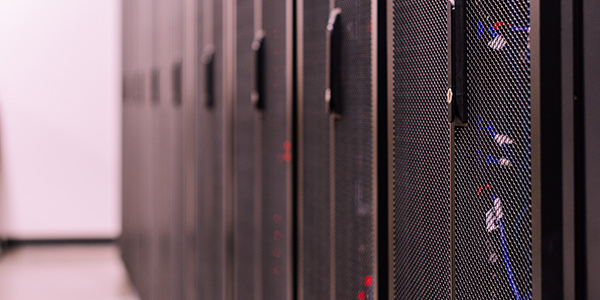AI means Artificial Intelligence (We know you know what AI is) but, why are we talking about it?
In the last few years, this topic has become very hot and, everybody wants to know more about it. Even a five-year-old kid knows that machines can differentiate images, understand verbal commands, play games and drive cars, and for sure, some day in future, machines will walk besides us and exceed human performance in various tasks.
AI is categorized based on its functionalities like Reactive Machines, Limited Memory, Theory of Mind, and self-awareness. Others are based on their Abilities like Narrow AI, General AI, and Super AI.
To understand what these AI types are, today we will have a brief introduction to Functionality based AI types:
1. Reactive Machines
The most primitive types of AI systems are almost reactive and cannot create memories, They can't even use information learned for current or future decisions. They just react to current existing conditions.
The best example of this is IBM’s Deep Blue, which defeated grandmaster Garry Kasparov in the late 90s. Deep Blue was developed in a way that it could evaluate the position of pieces on the chessboard and know-how each move and, using programmed chess strategies, predict the next moves for both the players and choose the optimal moves. It does not use past experiences to improve itself. It can't interactively engage itself the way we think AI should be.
2. Limited Memory
As the name suggests, it has limited memory to store the data of past experiences and can retain it to make decisions. The self-driving cars store data like lane marking, maps, and it also observes the speed and movement directions of pedestrians or vehicles. It monitors objects over time to identify them. These vehicles can use this information to evaluate their surrounding to take necessary action for driving.
3. Theory of Mind
We have emotions, memories, and thoughts that affect our overall behavior. We can socialize with people and form societies, in psychology, this is termed as "Theory of Mind". Researchers are hoping to develop a machine that can act like the human brain, able to communicate or react to different situations. What kind of machines we would like to see in the future?
Sophia is a world-famous robot developed by Hanson Robotics. Sophia can have a basic conversation, has image recognition, and can interact with humans with appropriate facial expressions. Researchers are working hard to develop the theory of mind.
4. Self-Awareness
How about building robots that can teach themselves? Machines with self-awareness will be a more complex task for researchers to build and develop. We can think of it as an extension to the "Theory of Minds".
This will be the machine with consciousness, it will be aware of itself, its activity. Not just that, but will also be able to predict human feelings and it would know what it needs. e.g. "I want that book" is a very different statement than "I know I want that book". When your mother yells at you from another room and you know she is angry without even seeing her, we know this because we also do the same thing with our ability to understand and be aware. It will not be possible for machines to understand this without the Theory of Minds.
Currently, these self-aware machines are fiction but researchers are focusing more on understanding memory, learning, and the ability to make decisions on collected information, and, though we are far away from creating such machines, this is a very important step to understand human intelligence.
Source - Arend Hintze, Lauren Fonseca
Vilas More
Vilas More heads the Microsoft Power BI team at Direction Software LLP. He has been with Direction Software for over fifteen years and has led numerous international projects in this time.





